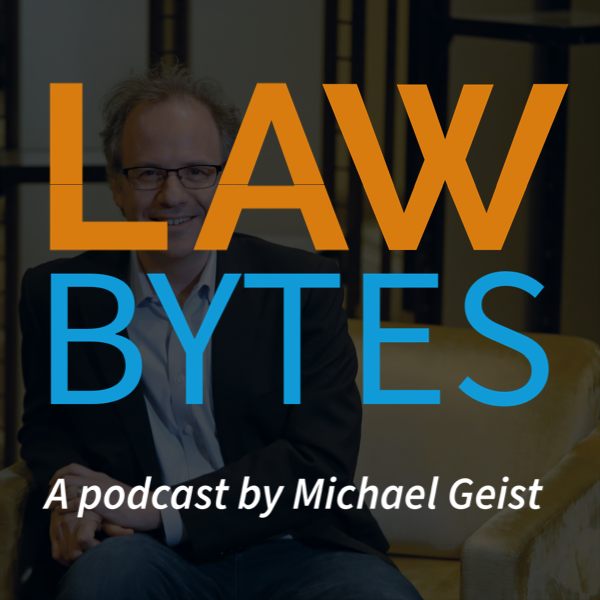The Treasury Board has released new Guideline for External Use of Web 2.0, which offers specific guidance on the use of social media and other Web 2.0 tools by government departments.
Latest Posts
The Anatomy of Lawful Access Phone Records
Christopher Parsons has a great post that unpacks lawful access phone records and explains why lawful access requires far more than simple phone book records.
Daily Digital Lock Dissenter, Day 35: Cdn Assoc of Edu Resource Centres for Alt Format Materials
Provide an exception that permits the circumvention of digital rights management and technological measures for purposes of creating an alternate format. Permit the use of circumvention devices for the purposes of preparing materials for alternate format production.
The CRTC’s Declaration of Independent ISP Independence
My weekly technology law column (Toronto Star version, homepage version) notes the resulting decision seemed to cause considerable confusion as some headlines trumpeted a “Canadian compromise,” while others insisted that the CRTC had renewed support for UBB. Those headlines were wrong. The decision does not support UBB at the wholesale level (the retail market is another story) and the CRTC did not strike a compromise. Rather, it sided with the independent Internet providers by developing the framework the independents had long claimed was absent – one based on the freedom to compete.
The Daily Digital Lock Dissenter, Day 34: Public Interest Advocacy Centre
Consumers enjoy certain rights to use content without infringing copyright. The presence of technological measures doesn’t change that, and neither should anti-circumvention laws. Consumers must be able to circumvent technological measures, like DRM, providing that their access to the underlying content does not infringe copyright. These consumer rights fulfil important public policy goals, preserving consumer welfare, free speech, and innovation. The use of technological measures already threatens these values. Anti-circumvention laws shouldn’t statutorily undermine them as well.






